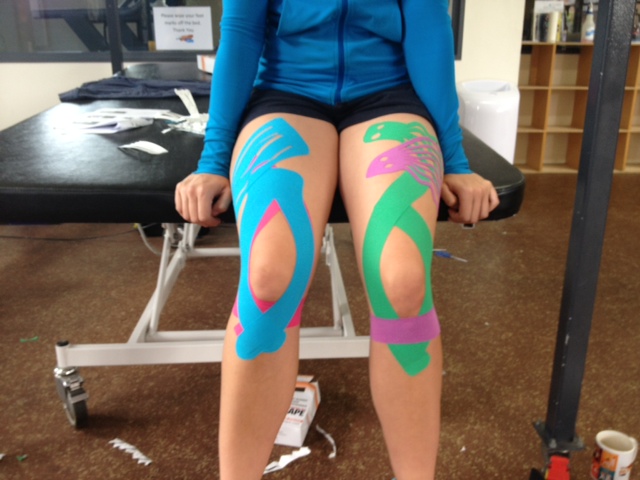The knee is a commonly injured joint that we treat every day at Back In Action Physiotherapy. According to an Article by Cooper, 2016, NZ ACC records show approximately 65,000 knee injuries are sustained during sport per year!
Unfortunately, with knee injuries, many people will have time off work and sport. It may even lead to surgery, resulting in more time off work and sport.
Here are the risk factors that can contribute to knee injuries:
- Weak muscles.
The muscles around the knee (quads, calves and hamstrings), as well the muscles above (core and glute muscles) and below (ones around the ankle) play a role in supporting the knee.
- Playing a court sport and/or high contact sports.
In sports that require rapid changing of directions or constant accelerating/decelerating have an increased risk of ACL injuries – such as basketball, rugby, football.
High contact sports such as rugby also increases risk of ACL and medial ligament injuries.
Athletes who participate in sports with cutting and pivoting activities such as netball, basketball and rugby are also at higher risk of injuring the cartilage of their knee.
- Being a female.
Several studies have shown that in certain sports female athletes have a higher number of ACL injuries than male athletes. It has been proposed that this is due to differences in physical conditioning, strength and neuromuscular control. Other studies suggested differences in pelvis width and therefore lower limb alignment, ligament flexibility and the effects of estrogen cause the increased risk factors in females.
- Poor balance.
Lack of balance, coordination and basic strength makes the knee less stable and therefore increases risk of damage to ligaments/menisci.
- Certain jobs such as farming or building.
Repetitive stress to the knee is also a contributing risk factor. Sometimes this can also lead to osteoarthritic changes.
- Having an injury or pain elsewhere.
Not completing adequate rehab for an old injury is a risk factor. This means that you rely on other areas of the body to compensate. This may mean more load on the knees or a non-optimal load on the knees.
- Too much, too soon.
Rapid change in exercise frequency, type, duration or intensity. This sudden change can cause overload of the tendons. In the knee we have a patella tendon and this is a common area where this change causes pain. This is especially accelerated in sports that require more jumping.
- Previous knee injuries.
This is why it is imperative that you don’t just rehabilitate yourself after an initial knee injury until you are back doing what you like, but right to the end stage where there is full return of strength, coordination and functional control.
- Being overweight.
Being overweight is a risk factor for all knee injuries as well as osteoarthritis due to the increased load on the cartilage.
Risk factors can be classed as modifiable or non-modifiable. For example, a lack in strength or balance is modifiable as it can be improved with the right exercises and guidance. Non-modifiable would include things such as estrogen levels impacting ligament properties in females.
We can help! Physiotherapists can help to reduce modifiable risk factors by prescribing you the correct exercises for your individual ability. We can help you improve strength, control, balance and power and finish a FULL rehabilitation programme.

